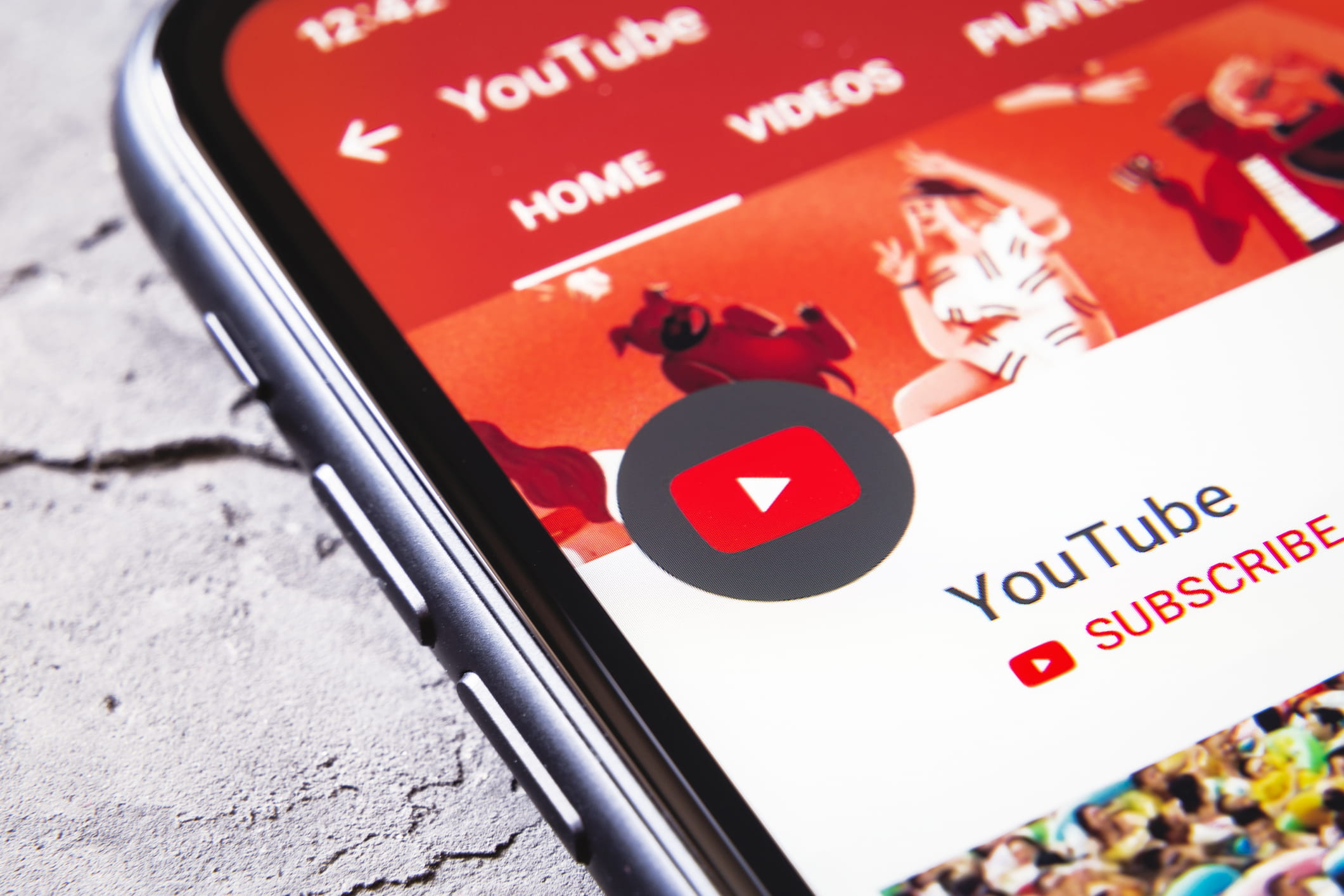In a strategic move to fend off rivals like TikTok and solidify its market dominance, YouTube has unveiled a suite of new AI-powered tools aimed at creators. This blog explores how these features go beyond simple creation aids to fundamentally tighten YouTube’s control over its value chain, from content creation and discovery to monetization.
YouTube announced a flurry of new features in September 2025, mostly centred on leveraging AI to provide enhanced content creation on the platform. With video content spread across online platforms, YouTube’s announcements seek to reinforce its relevance to content creators who face numerous options for monetizing their content and building a devoted audience.
The announcements, revealed by YouTube CEO Neal Mohan as part of the platform's 20th anniversary celebrations, serve three key purposes for the video giant:
- Reinforcing YouTube's positioning as the champion of small- and medium-sized creators
- Emphasizing Google's broader strength in generative AI technology
- Consolidating and strengthening of YouTube's value chain
YouTube as Creators' Champion
YouTube remains the central hub for a diverse range of video content, from podcasts and Shorts to creator-led vlogs and repackaged premium TV assets. While YouTube spans this diverse range of content, the company still seeks to emphasize its position as a creator-driven brand, providing an aspirational message to audiences about their capacity to succeed on the platform.
Livestreaming is a key way for smaller creators to produce high-quality content and to build a loyal fan base. YouTube's decision to enhance its livestreaming capabilities will strengthen its capacity to compete with TikTok and Twitch and provide it with greater control over the monetization of live content. Among the platform’s new livestreaming features are the ability to react to other livestreams, to stream in different aspect ratios simultaneously, and to generate highlights from a livestream using AI. These features will help YouTube retain the interest of smaller creators by providing specific benefits for producing content on the platform, while also helping them capture a larger share of the rapidly expanding live content audience.
YouTube's AI Capabilities
The second key aim of YouTube's announcements is to showcase Google's AI capabilities. Features such as multi-language audio allow content providers to reach broader worldwide audiences and enhance their engagement beyond traditional subtitling. AI features will also allow users' lips to match the dubbed audio and enable text to be swapped by language.
For YouTube Shorts, YouTube also announced a suite of tools to enhance AI-generated content, providing a showcase for the capabilities of Veo 3. Google also revealed that it will use DeepMind's Lyria 2, an AI music model, to power a new Speech-to-Song feature, aiming to create viral musical moments from existing longer-form content in the style of TikTok. AI-powered idea generation and likeness detection are additional features that will help designed to demonstrate the tangible benefits of Google’s AI across this key part of the business.
Strengthening the Value Chain
Perhaps the most widely discussed announcement from YouTube was dynamic sponsorship, which allows creators to swap brand partnerships in and out of their content. Many popular YouTube videos continue to attract large audiences years after their initial release, so the ability to refresh sponsorships adds value for creators instead of freezing partnerships in time. While major creators have informally used dynamic ad insertion for some time, formalizing the process will help increase creator monetization on the platform.
Dynamic ad insertion offers several benefits:
- Providing evergreen content value, as past content can feature relevant sponsorships
- Global audience targeting with region-specific advertising, which pairs well with AI video dubbing tools.
- Enhanced value for premium users as in-video ads and partnerships are seen by YouTube Premium users, who represent a higher-value customer segment
- Ad-blocker resistance as it provides protection against the suite of high-quality ad blockers used by mobile and desktop viewers
- Seamless creator integration compared to traditional advertising, which many users view skeptically
A final benefit of YouTube being more involved in brand partnerships is that it positions the company within the revenue stream of advertising on the platform, allowing the company to take a cut of partnership revenue. At present, YouTube's capacity for partnerships is limited given the range of content it hosts, so more dynamic ad insertion should allow it to gain further control of this revenue stream.
YouTube wants to remain the central global video platform-these announcements seek to do that by enhancing video creation, content discovery, and monetization on the platform. Paired with additional monetization tools for creators to build revenue from their fan base, these announcements underline YouTube's capacity to leverage AI to enhance monetization and will help the platform benefit more directly from what Neal Mohan described as the "YouTube Economy”, tying the company into the content creation, premium video and advertising worlds.
More from author
More insights
Assess the marketplace with our extensive insights collection.
More insightsHear from analysts
When you partner with Omdia, you gain access to our highly rated Ask An Analyst service.
Hear from analystsOmdia Newsroom
Read the latest press releases from Omdia.
Omdia NewsroomSolutions
Leverage unique access to market leading analysts and profit from their deep industry expertise.
Solutions




